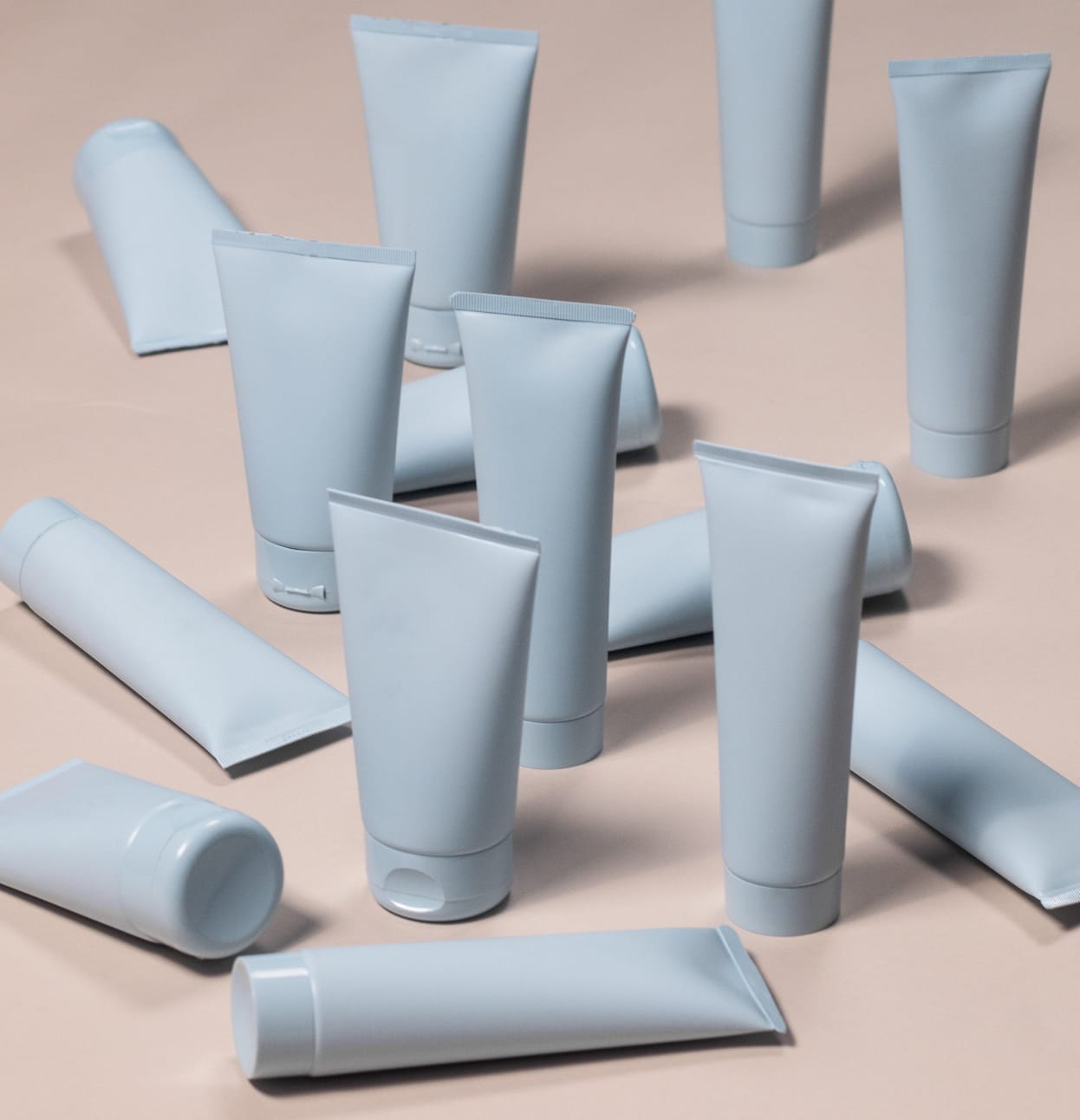Why We Use Plastic Packaging
Jan 18, 2022 | 4 min read
We LOVE questions and feedback from our (environmentally conscious) community. One of the questions we get the most is why we use plastic packaging for our skincare products. And we get it. Because plastic definitely has a somewhat shady repute.
So we asked ourselves the same question: Is plastic really the best option we have?
To uncover this, we did extensive research on different packaging solutions and materials, and talked to experts. And we arrived at a conclusion (for now at least).
That conclusion is: Yes, plastic IS the best option (right now).
Now, in an ideal world, the very best thing would be not to have any packaging at all. But creams and cleansers are not exactly like curb soap, where you can simply avoid packaging altogether.

What are the characteristics of great packaging?
Before diving into the reasons why we think plastic packaging is (currently) the optimal for our products, let’s have a look at general characteristics of good cosmetics packaging: When we were assessing packaging solutions for our products, we looked at 4 criteria: Sustainability, usability, durability, and the match with our NØIE brand in terms of looks and product portfolio.
To specify these considerations, let’s follow the journey of a NØIE product from the moment you order it online:
- We want to keep emissions as low as possible when shipping our products to you. Therefore, it’s important that the packaging has the lowest possible weight. Also, we want the product to be safe from physical damage during transport.
- We care (a lot) about your skin. That's why the packaging must help ensure high quality, safety and shelf-life of the product. Good packaging ensures, among other things, that the product doesn’t get contaminated with continuous use.
- We want to make your skincare routine a joyful experience. Besides offering good looking and practical packaging (at least if you ask us), it’s also important that you’re able to get as much of the product out of the packaging as possible. This is expressed in the so-called restitution rate. The higher the rate, the better as this means less product residues. And we all want to avoid any cream going to waste.
- Once you’ve emptied your product, we want to ensure that you can recycle the empty packaging. With your help, we can keep valuable resources in the loop. When choosing the design of our packaging, we already thought of its recyclability. This requires that there’s a post-use (recycling) infrastructure in place for the respective material. Also, recycling can be done best and at its highest quality when the packaging consists of just one material (called mono-material). Besides this, to reduce the footprint of our packaging, we focus on increasing the share of recyclable material used in the packaging.